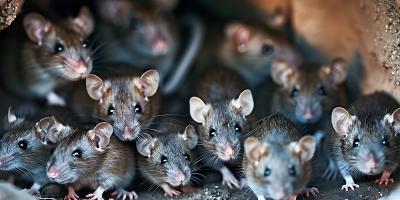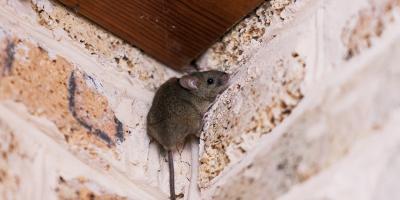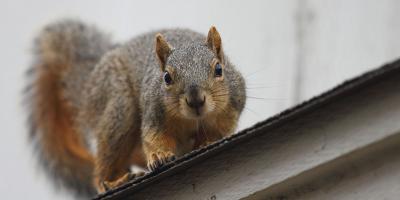What are the Rats up to Lately?

A few months ago, as people across the country went into quarantine, another group took to the streets -- rats looking for food. Now, as businesses begin to reopen and social distancing restrictions ease, what exactly are the rats up to?
It’s kind of a gruesome tale… (pun intended).
The Beastly Backstory
With restaurants closed this spring thanks to the novel coronavirus, there were no overflowing dumpsters in which to scavenge; and with urban streets and parks mostly empty, there were no crumbs for hungry rats to scarf up on the go. And if you think being stuck at home was enough to drive you crazy, you should’ve seen the mayhem that ensued in the city once the rats ventured out in droves.
Hungry and angry, rats became unusually aggressive -- some even resorted to eating their young and other forms of cannibalism. Remembering that residences are reliable sources of food, they started invading homes with a boldness indicative of food shortages elsewhere.
As lockdown restrictions have started easing, and restaurants and other eateries have reopened their doors for business, it appears rats -- still malnourished and ravenous for food -- haven’t lost that aggression, despite their food supply slowly becoming more plentiful. In fact, rats have been seen crawling over diners’ shoes and across restaurant tables to get to patrons’ food. Some restaurateurs have dubbed them “super rats.”
A Super Serious Problem
Rodents are a perennial problem for restaurant owners and managers in the best of times. With many now struggling to keep their businesses afloat under shifting degrees of lockdown, including the many jurisdictions restricting diners to outdoor patios and sidewalks, adding hangry, aggressive super rats to the mix means that a preventative pest management program is more crucial than ever.
Rats aren’t just bad for business -- they’re bad for human health. Not only can a single Yelp review detailing a rat sighting tank your reputation, rats can transmit disease to your guests and your staff. Globally, rats are responsible for the spread of as many as 35 different diseases, including hantavirus, rat-bite fever and plague (yes, plague is still a problem in some parts of the world).
Beyond the health consequences, rats are bad for your bottom line. Rats chew through drywall and wood. They gnaw through electrical wires (which can start a fire if it goes unnoticed). An estimated 20-25% of fires of unknown causes are caused by rodents chewing through electrical wires. Rats are also known to damage and contaminate your food stores, which can be especially costly if you consider one of their favorite victuals: meat.
Prioritize Preventative Pest Management
Your restaurant should be doing everything it can to make your premises as unattractive to rats as possible. That means, among other things, staying on top of sanitation, including proper food waste disposal practices. Proper storage and handling of food is a must as well. And take care to ensure there are no holes, cracks or other openings allowing rats (and other critters) access to your kitchen or dining room.
Patio dining is popular during the warmer months to begin with, but especially while the country continues to battle the novel coronavirus, it’s all the more important to follow these pest control best practices.
Of course, you should also be working in conjunction with a pest management company that can help make sure your building and operations remain pest-free.
Whether rats are a new nuisance or regular patrons, chances are that your paying guests won’t appreciate their presence either. Schedule an appointment with one of our service planners to learn more about how you can help protect both your restaurant and your reputation.



